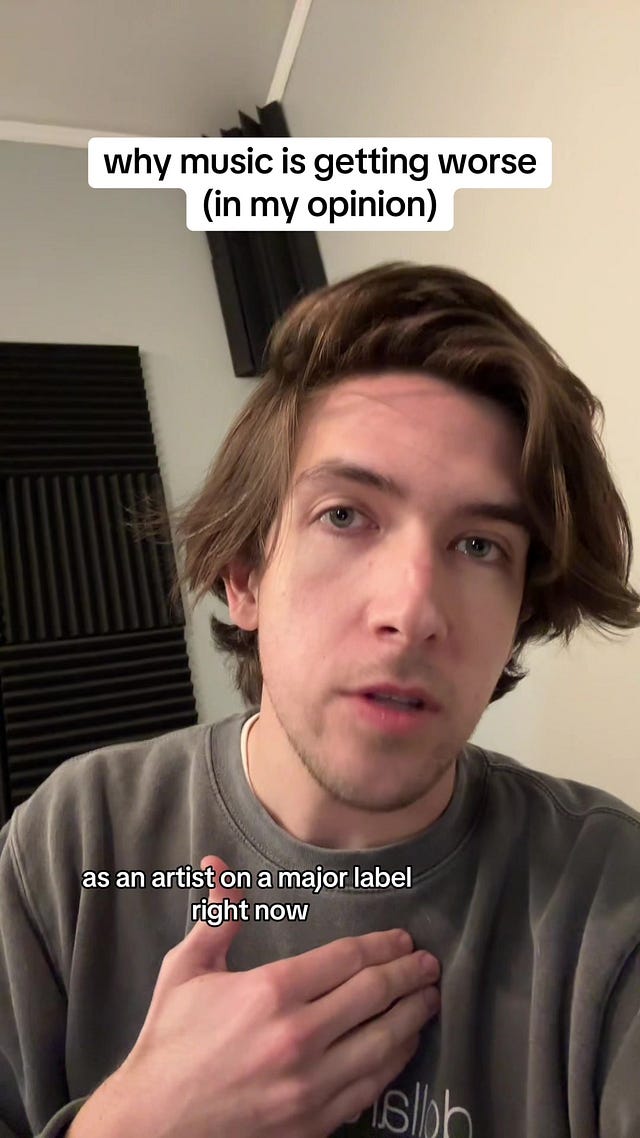The Mesoculture
What Comes Between the Macroculture (Hollywood) and the Microculture (TikTok)? Nothing. That's the Problem.
We knew this day would come. The day when TikTok would not be a reliable home for pro-Palestinian creators. More and more of them are being shadowbanned. Some creators are even saying there may be a need to boycott TikTok entirely.
 Tiktok failed to load.
Tiktok failed to load.Enable 3rd party cookies or use another browser
TikTok was a great home for these creators because TT was not in bed with US politicians like Meta is. But it is in bed with US companies that advertise on its platform. And TikTok is about fast trends. It gets uncomfortable when something remains popular for more than a month, especially if other apps have newer trends. Perhaps in October being the app that had the biggest Free Palestine community meant that your app had a vitality the others didn’t. Now, with X banning content using words like “decolonization” and Meta censoring pro-Pali content, TikTok has a real fear that it might be wearing fall fashion in the winter.
Speculating on their reasons for turning on these creators is pointless. The point is that TikTok has been and always should be a temporary home. Same for any app. Platforms come, platforms go. This is the way of the Microculture.
Right, what is the Microculture? At the beginning of the month,
wrote about the war between the Macroculture (Hollywood) and the Microculture (TikTok). As I read it, I found myself rooting against Hollywood. I didn’t find myself rooting for TikTok though. Why?Besides the obvious reasons enumerated above, no matter how much a platform has its finger on the pulse, it is still in the attention economy. The Microculture has always targeted and created micro-attention. TikTokers see it themselves. Here is one by Ricky Montgomery explaining why TikTok will not give us the next Radiohead.
 Tiktok failed to load.
Tiktok failed to load.Enable 3rd party cookies or use another browser
Needless to say, the macroculture isn’t doing so hot either. Wonka is a hit, but celebrity culture has been met more with disillusionment than rapt attention. Most celebrities seem out of touch with today’s problems. There is a vacuum for musicians and artists that reflect the current zeitgeist. Where will they come from though? Clearly not the microculture.
In the ‘00s, when the microculture was in its infancy, there was something I like to call the mesoculture. This was the culture in between the macroculture and the microculture. What was the mesoculture in the ‘00s? Indie rock, small press literature, pretty much anything that was too small to be macro, too IRL to be micro.
Keep reading with a 7-day free trial
Subscribe to Cross Current to keep reading this post and get 7 days of free access to the full post archives.





